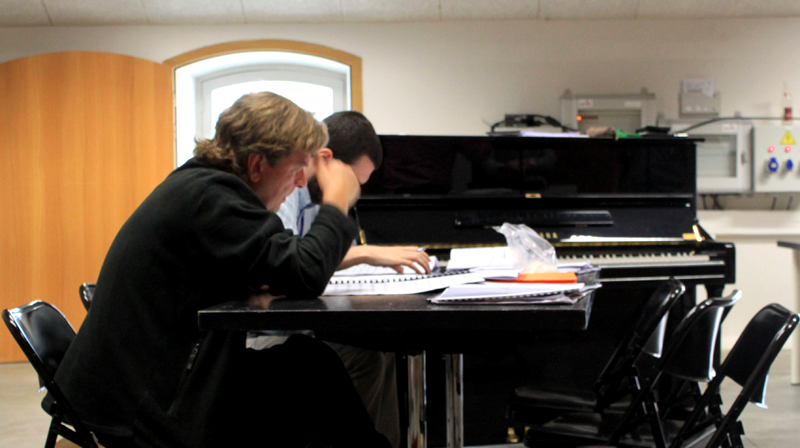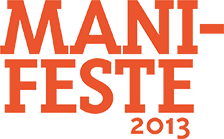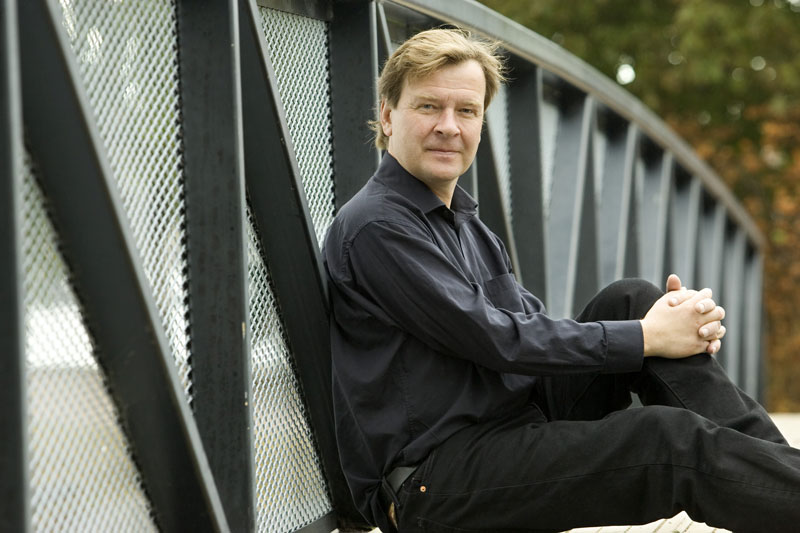Born in Helsinki in 1958, Magnus Lindberg began the piano at 11 years old. He studied writing, composition, and electro-acoustic music with Risto Väisänen, Einojuhani Rautavaara, Paavo Heininen, and Osmo Lindemanthe at the Sibelius Academy. Lindberg met Brian Ferneyhough and Helmut Lachenmann in Darmstadt, Franco Donatoni in Sienna, and in 1981 became the student of Vinko Globokar and Gérard Grisey in Paris. He worked in the EMS Studio in Stockholm in the end of the 1970s and at the experimental studio of the Finnish radio, as well as IRCAM, beginning in 1985.
Lindberg’s career as a pianist led him to perform works by Berio, Boulez, Stockhausen, and Zimmermann. In 1977 he founded, with Kaija Saariaho and Esa-Pekka Salonen, and others, the association Korvat auki (Open the Ears) and in 1980, the Toimii ensemble that will serve as a musical lab for him.
During his Parisian period (1981-1993), his music was open to a variety of influences that he assimilated in a very personal way, far from any post-modern aesthetic. If we can still find traces of Sibelius, of free jazz, of the energy of post-punk groups, of American minimalism, or of traditional musics such as those of South-East Asia, Lindberg has not adopted the legacy of Babbitt’s American Serialism or the principle of harmonic classification of Allen Forte’s Set Theory. French Spectralism also contributed to the creation of his harmonic writing, associated with the idea of the chaconne.
 Magnus Lindberg, Composition Workshop, CENTQUATRE, Academy 2013 © F. Grappin
Magnus Lindberg, Composition Workshop, CENTQUATRE, Academy 2013 © F. GrappinBeginning in the 1990s, the composer aspired to a greater purity of sound, a lightness of ornamentation, and found that he was partial to large orchestras. He endeavors to emancipate individual virtuosity from the orchestral mass whilst conserving the large textural effects.


